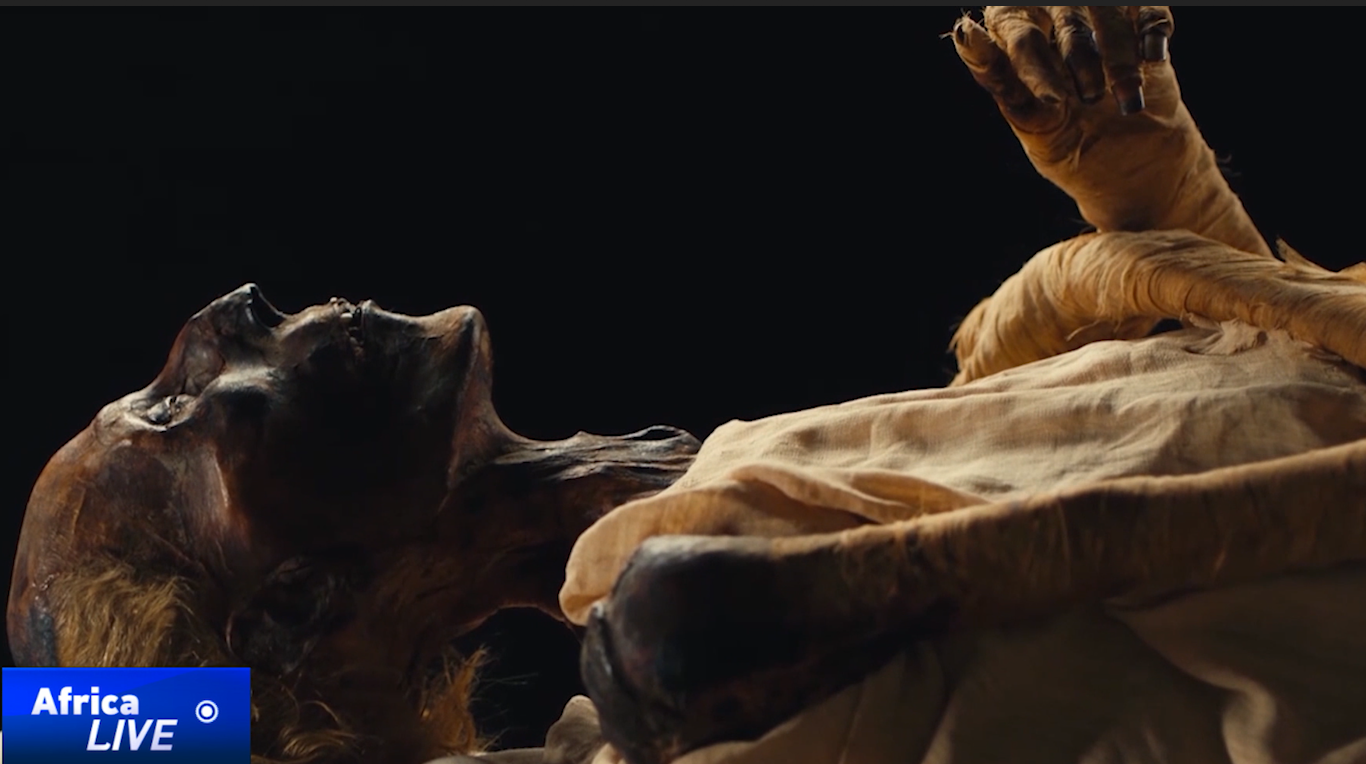{excerpt1]}
Plans have been set in motion for the final phase of a mission to rescue the near extinct northern white rhino species, after a third embryo was successfully created at a laboratory in Italy.
The embryo was fertilized over the Christmas period in December, 2019 using eggs from Fatu and Najin, the last two remaining northern white rhinos on the planet.
In a painstaking procedure, nine egg cells – known as oocytes – were extracted from the two rhinos on December 17, 2019, and shipped to Italy where they were artificially inseminated with frozen sperm from Suni – a male northern white rhino that died in 2014.
According to a statement from the Ol Pejeta Conservancy in central Kenya, where the two rhinos live, the creation of this third embryo ‘significantly increases the chances of successfully producing offspring’.
Hopes of continuing the species were dashed when the last male northern white rhino named Sudan, died in 2018. The prospects seemed even more bleak when attempts to artificially inseminate Fatu and Najin were unsuccessful due various health complications in both rhinos.
However, in August 2019, a team of scientists and conservations harvested eggs from the two female rhinos and broke new ground by creating the embryos. The first time
The egg collection, embryo creation and preparation for the embryo transfer is a joint effort dubbed “BioRescue” by the Leibniz Institute for Zoo and Wildlife Research (Leibniz-IZW), Avantea, Dvůr Králové Zoo in the Czech Republic, Ol Pejeta Conservancy and the Kenya Wildlife Service (KWS).
Thomas Hildebrandt, head of the Department for Reproduction Management at Leibniz-IZW, said: “Our repeated success in generating a third embryo from Fatu demonstrates that the BioRescue program is on the right track. Now, the team will make every effort to achieve the same result for the 30-year-old Najin before it is too late for her. We are strongly committed to our plan to transfer a northern white embryo into a surrogate mother in 2020 to ensure the survival of the northern white rhino.”
The plan is to use a healthy southern white rhino as a surrogate as both Fatu and Najin are risky candidates for the procedure. Should the embryos be carried to term the newborns will be placed under the care of the northern white rhino females, to keep to the species mannerisms.
“To achieve the best possible results for work with pure northern white rhino embryos, the team relies on experience from similar embryo transfer procedures in southern white rhinos that have been performed in order to address reproduction challenges in European zoos,” the statement read in part.
Jan Stejskal, who is in charge of International Projects at Dvůr Králové Zoo, said there is hope: “We don’t know how many embryos we will need to achieve a successful birth of a new northern white rhino calf. That’s why every embryo is so important and why a long-term cooperation between scientists, experts in zoos and conservationists in field is a crucial element.”
To create the embryo, the nine oocytes were incubated and matured at the Avantea Laboratory in Italy, before five of them were fertilized with sperm using a procedure called ICSI (Intra Cytoplasm Sperm Injection). One of the eggs – Fatu’s – developed into a viable embryo, and has now been stored in liquid nitrogen with two other embryos that were successfully created previously.
“We have a long way to go and success is far from assured… Let us hope for news of a successful northern white pregnancy in the not too distant future,” said Richard Vigne, Managing Director at Ol Pejeta.
Kenya’s Tourism Cabinet Secretary Najib Balala added: “This is a big win for Kenya and its partners, as the northern white rhinos are faced with the threat of imminent extinction, where only two of them, females Najin and Fatu, are left in the whole world and are currently hosted by Kenya. It’s a delicate process, and for that, we thank the concerned parties… It’s amazing to see that we will be able to reverse the tragic loss of this subspecies through science.”
The first attempt at transferring the embryo is expected to take place sometime this year.






